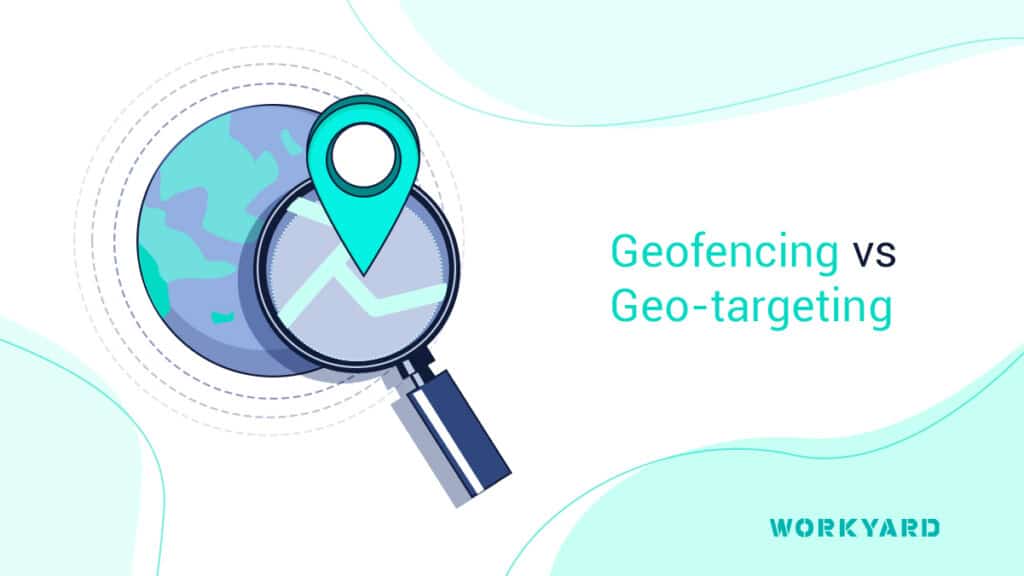Geofencing and geo-targeting are two distinct technologies that have become increasingly popular due to the rise of mobile devices and the need for businesses to deliver location-based services or information to users. Although both utilize geographic parameters, they differ significantly in application and purpose.
Geofencing allows businesses to set virtual boundaries around specific geographical locations. This boundary can be set up using GPS, Bluetooth beacons, or other technologies. Once the border is established, businesses or services can trigger specific actions or notifications on a mobile device when someone enters or leaves that area. Geofencing is instrumental in logistical and security applications, ensuring assets remain within designated zones and raising alarms for breaches. Geofencing can also be used for safety purposes. For example, a business can create a virtual perimeter around a construction site, alerting workers when they enter or exit the area and ensuring that unauthorized personnel do not enter the site.
On the other hand, geo-targeting focuses on reaching potential customers based on their geographic attributes, such as city, state, or country. This approach may also consider other demographic factors like age, language, and interests. Geo-targeting is perfect for businesses targeting a broad demographic within a specific geographical area. A company launching a product in a particular city would use geo-targeting to reach potential customers within that city.
While both strategies are helpful in their own right, the choice between geofencing and geo-targeting depends on business needs. Geofencing is more precise than geo-targeting because it allows you to set specific boundaries around a location, which can trigger actions and messages when a person enters or exits that area.
The power of location-based marketing is undeniable. Both strategies can be instrumental in reaching your target audience and monitoring your staff more effectively. Understanding the distinct features of each allows businesses to leverage the right technology for their unique needs, maximizing their business success.

